UNTAMED
DATA Logger
Smarter Ocean Rowing: A New Route Optimization Model for Safer, Faster Crossings
Rowing across the Indian Ocean is a battle against nature’s ever-changing elements. With unpredictable winds, shifting ocean currents, and long stretches of uncertainty, planning is critical. That’s why Rick de Kreij and Phil Watson from The University of Western Australia (UWA) developed an ocean route optimization model: a decision support tool designed to make ocean rowing smarter, safer, and more efficient.
Rick de Kreij is a PhD student at UWA developing satellite-based tools to predict ocean currents. Phil Watson is Shell Professor and Director of the ARC TIDE Hub at UWA, with decades of experience in offshore engineering. Both were interested in combining their knowledge to develop the ocean route optimization model.
The model is a unique combination of weather forecasts and historical ocean conditions to optimize the route. To achieve this, they simulate the boat’s movement based on three key factors:
• Rowing performance
• Winds
• Currents
They assume wave direction aligns with the wind. Here they model the rowing performance highly sensitive to wind and wave conditions, with strong headwinds or crosswinds significantly increasing difficulty and reducing speed.
The route optimization is computed in two steps:
1. Forecast step: Using up to 10 days of weather and ocean forecasts, the model simulates a range of possible directions from the live location. It also evaluates whether to row, rest, or deploy a sea anchor. This produces a branching tree of potential routes that is updated continuously as new data comes in.
2. Hindcast step: Since forecasts have limited range, the model leverages 20 years of historical hindcast data. From each plausible endpoint in the forecast step, it simulates direct routes to the destination for every year in the dataset.
This two-step process identifies not just the fastest but also the most reliable route, tested against two decades of historical conditions. Therefore, providing an important safety margin for these challenging crossings.
The model is calibrated using the rowing performance given the weather conditions. Additionally, a novel onboard data logger is collecting high-resolution data on winds, GPS, and boat dynamics using an IMU, offering new insights into the boat’s behaviour in these weather conditions.
The system is fully operational and, using live location as input, continuously updates and delivers a detailed route plan for the days ahead - providing convenient, real-time guidance for rowers during the crossing.
The developed ocean route optimization model enables safer and more strategic decision-making for ocean rowers navigating some of the planet’s most challenging waters.
Rick de Kreij, Phil Watson, The University of Western Australia (UWA), School of Earth and Oceans, and the Oceans Institute, Perth, WA 6009, Australia (correspondence: [email protected])


